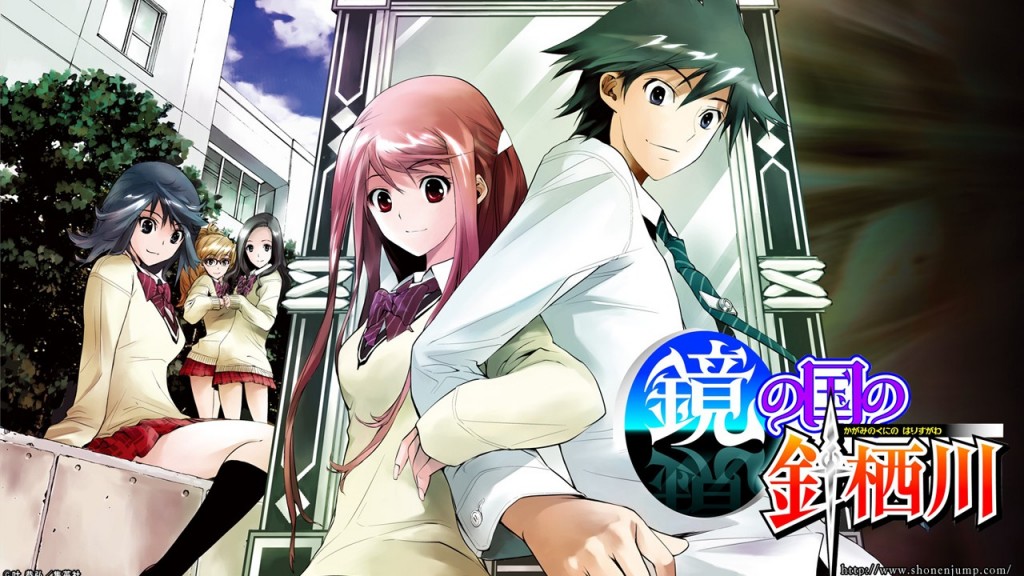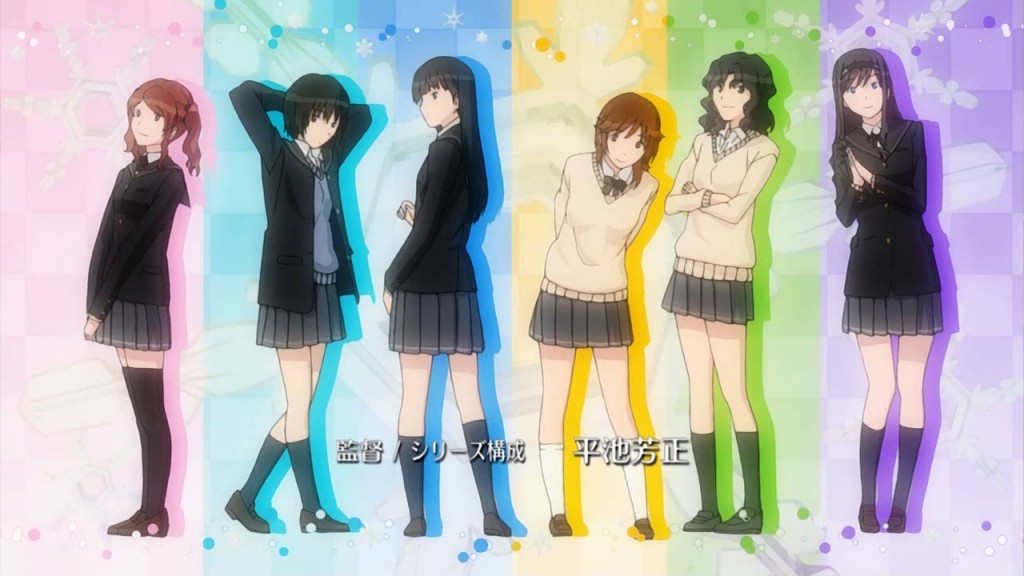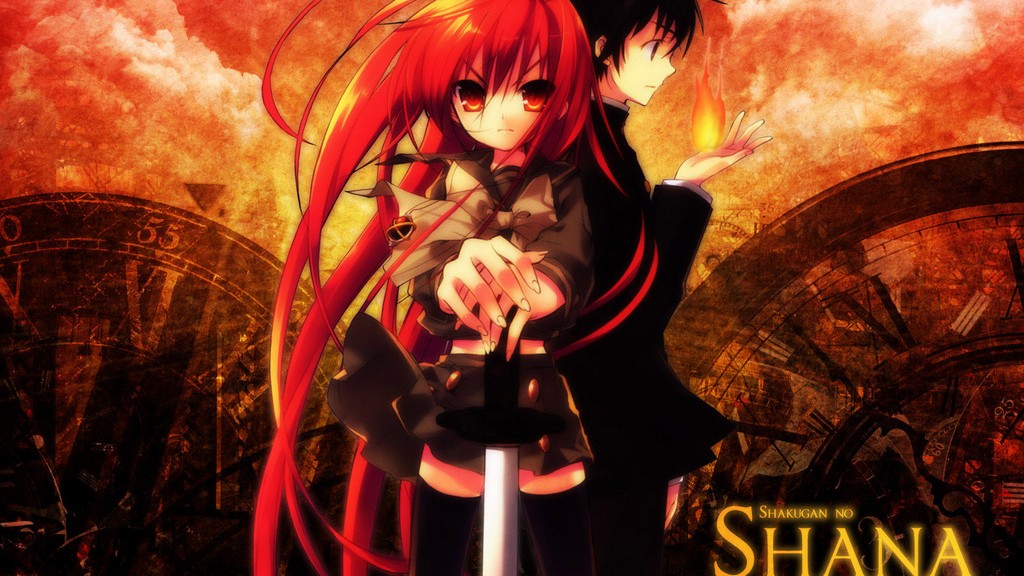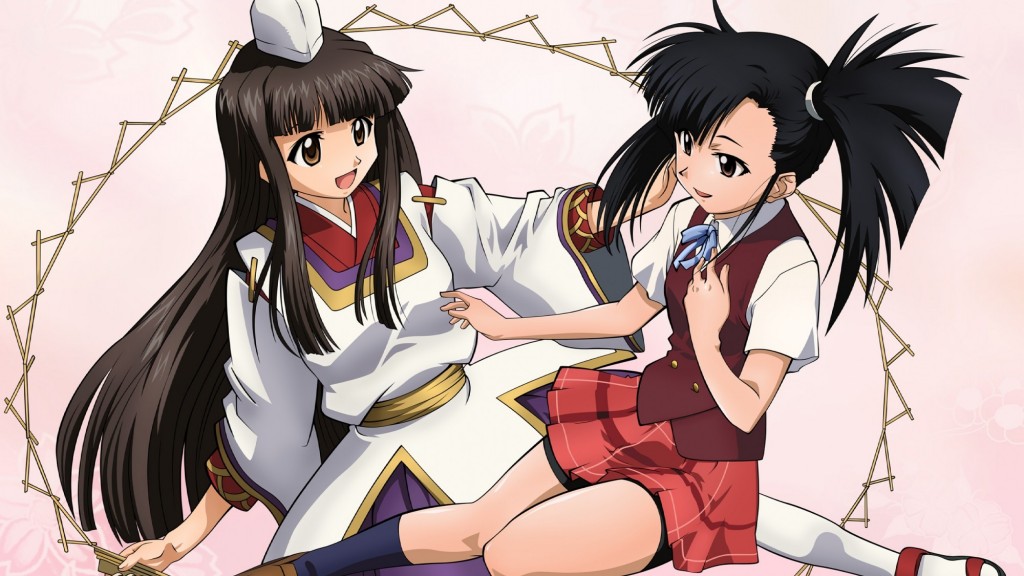And here we are at the promised double issue, children. I decided to reach out into the multiverse and get ideas from friends about what some of the things they always wanted to know about manga/anime were, and do another UPLC on my favorite one of those suggestions. After discarding the ridiculous, the moronic, and the suggestions that would have been too much of a bother, I was left with a shortlist of subjects that I will endeavor to touch on in future issues. The winning topic for this issue, however, is romantic interest archetypes, chosen because of its relation to the previous UPLC (which touched on character types, to save you some time).
Despite some of the names used for the tropes, none of these are limited to any one gender, though the majority, if not all, of my examples will be female. Some may notice that many of the examples are pulled from harem series; that is due to the fact that there are a myriad of characters, involved romantically with someone, all in one place due to the nature of that genre. They make it simpler for everyone involved, and save everyone time in the long run. Now enough with prefaces and disclaimers, let’s talk some anime!

I’m going to open up with probably the most Western of the tropes I’ll be talking about this issue, mostly due to the fact that it shows up so often in the form of the “girl next-door” type of relationships. Yes, I am referring to the Childhood Friend love interest character. They know the protagonist often better than they know themselves, they’re comfortable around the protagonist no matter the situation, often a little too much so, and the pair will have been together since, well, childhood. Who better to fall in love with than someone who is already your best friend? It’s because of this that this trope works time and time again. There are many ways to bring this relationship across, whether it be a sudden realization that they are, in fact, in love after all these years (the love triangle in Nisekoi), or a more one-sided affair where one of the pair is waiting patiently until the other comes to the epiphany on their own (basically the plot of Kagami no Kuni no Harisugawa). There’s also the more amusing version where everybody can see it but them, often despite their vehement objection to the idea. It’s simple, it’s always nice, and it works.

Next up is the more-common-than-most-people-seem-to-think one, having a relationship outside of your immediate age group. I’m bundling Sempai/Kouhai (or senior/junior) together here as they’re basically the same thing from a different point of view. The benefits of becoming involved with someone older are typically listed generally under “experience”; there is a lot that the protagonist doesn’t necessarily know about relationships, especially considering a large portion of romantically inclined anime or manga takes place in high school. Of course, there are the situations where the sempai is just as clueless, generally leading to hilariously awkward situations. If the protagonist is the older partner, the supposed “experience” is merely shifted to their shoulders. Amagami SS and Yosuga no Sora are both flush with examples of both varieties of relationships, and very highly recommended if you enjoy the romance genre. A warning: Yosuga no Sora is not exactly shy about sex, it’s probably not something to watch with your parents.

The Defrosting Ice Queen bears many similarities to the tsundere character type, and there is a fair amount of overlap between the two, but there is an important distinction. While the tsundere will often switch back and forth between tsuntsun and deredere, the Ice Queen has a gradual defrosting of sorts. She will invariably start out very cold and distant to the protagonist, for which there are a wide variety of reasons: emotionless girl, rich bitch, very proud, etc. Gradually, over the course of the series, the protagonist will melt her heart, giving her character development along the way, and turning into a nicer, more sociable person. This one works as it’s a bit of wish fulfillment for both men (she doesn’t hate me, she just wants me to prove my love for her) and women (a caring man will bring me fulfillment and happiness). Despite the name, this is commonly used for both genders across all media. Some notable examples include Byakuya Kuchiki (Bleach, non-romantic), Shana (Shakugan no Shana), and Satellizer el Bridget (Freezing).

In the series’ that I’ve seen it in, the Servant character frequently overlaps with the childhood friend in the form of one family is indentured to another and the children were paired as servant and master from birth. This creates much the same dynamic of the childhood friend, but with the twist that the servant must obey the orders of the master, however rare they might be. This opens the door to additional, less savory, venues for a relationship to travel, though they rarely do outside of more adult literature. The close relationship between the two generally results in the master wanting to be treated as an equal, rather than their better, and that extra closeness kickstarts the relationship. Hayate (Hayate no Gotoku) is probably one of the more prevalent male examples, and let’s just say the relationship between Konoka and Setsuna (Mahou Sensei Negima) is a little more than just friends.
As with my last issue on character types, this is merely scratching the surface of everything out there, and I will keep trying to get these out on a regular-ish basis in order to help illuminate some of the mysteries of anime and manga. If there’s something you really want to know, feel free to leave a comment down below.




Add comment